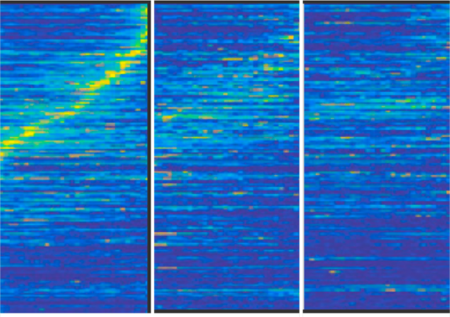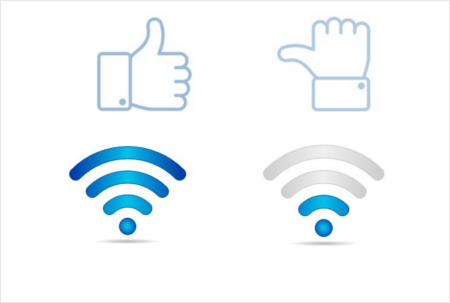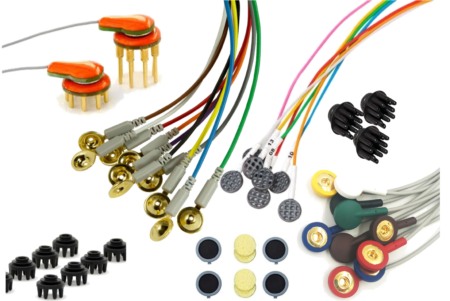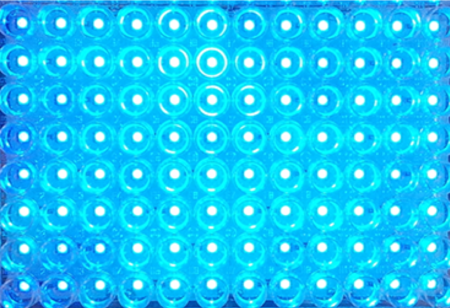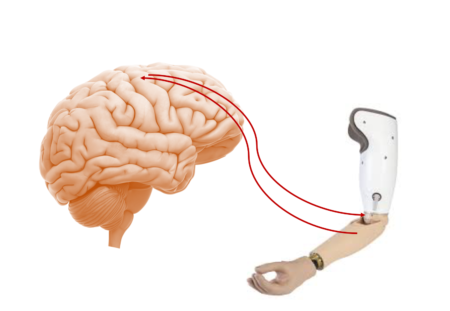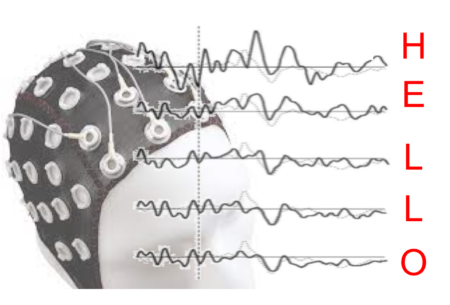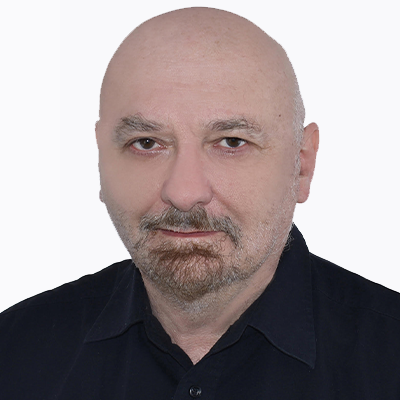Neurons do not stably participate in the representation of tasks and behaviors. Called representational drift, this calls for new thinking in how the brain represents […]
Lab Talk
What Can Your Blood Tell You About Your Brain?
The blood may hold many clues to damage and degeneration in the brain. New findings bring a blood test for brain disorders closer to reality. […]
EEG Signal Quality in Wet Versus Dry Electrodes
Dry electrodes have some clear advantages but how does their signal quality compare to wet electrodes? Choosing one over the other may be a tradeoff between time, signal quality and stability.
Wet and Dry Electrodes for EEG
EEG recording technology remains similar in principle since its first use in 1923. However, a vast array of electrode types, both wet and dry, are […]
Astrocytes Mediate Brain Lymphatic Function
The lymphatic system plays a key role in waste removal and immune function. Until 2012 it was thought that not such waste removal system existed […]
Education and Travel in the EEG
Education and travel both increase the scope for more complex, novel stimulus to the brain. In turn the complexity of the brain EEG signal increases […]
Optical Stimulation in Bidirectional BCI
Optogenetics have been used for bi-directional BCI in mice but is unsuitable for freely moving subjects due to its tethered optical fibers or fixed imaging […]
EEG Complexity Increases in Lockstep with Stimulus Consumption
More complex environments with expanded scope for stimulii to the brain have far reaching impact on various aspects of the brain. Sapien Labs’ Human Brain […]
Bidirectional Interface for BCI
Performing a motor task requires a feedback loop that informs the brain of success of each motor action. For sensory impaired this means brain computer […]
Progress in BCI in SSVEP-based Spellers
SSVEP-based spellers, a common BCI application, have improved in information transfer rates over the years. In the previous post we discussed the fundamentals of SSVEP-based […]

